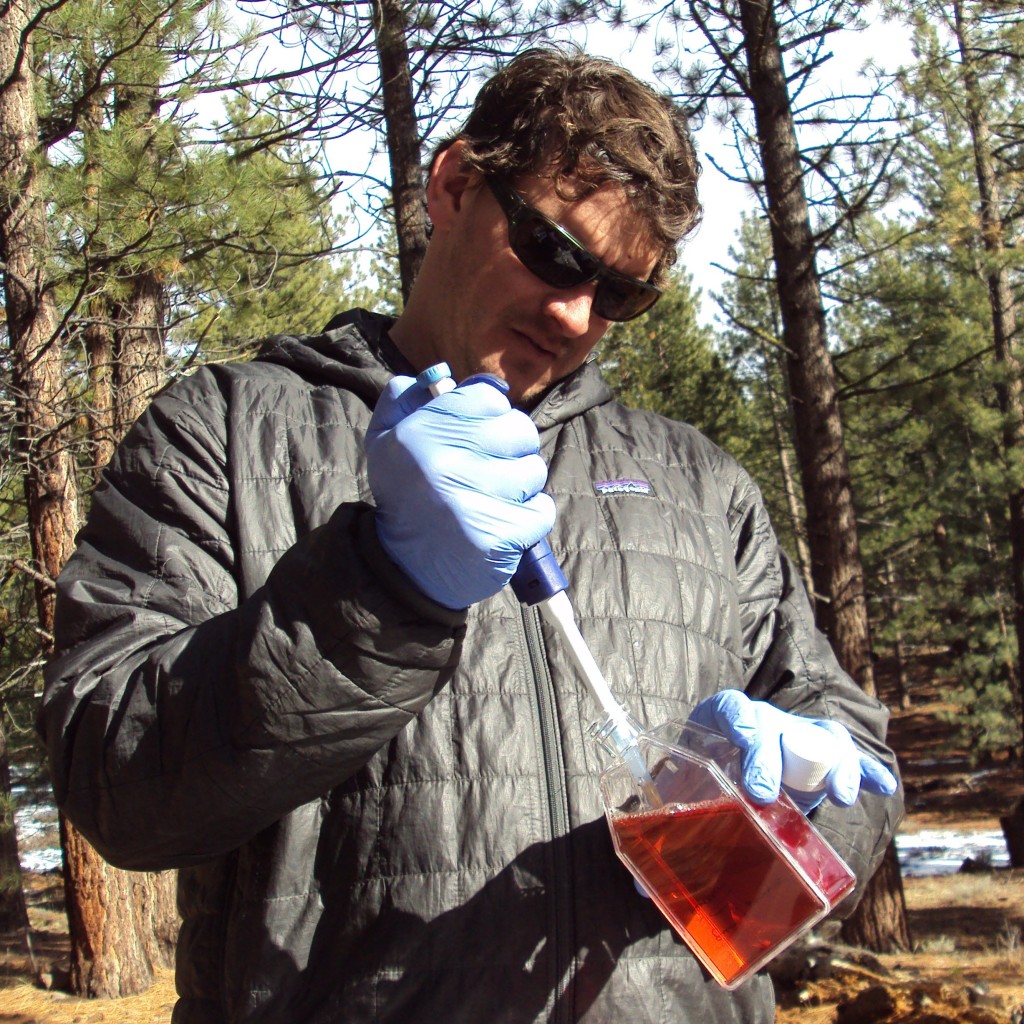by Nathan Nieto, assistant professor of Biological Sciences
This summer, a number of school-age children from Flagstaff contracted tick-borne relapsing fever, most likely during visits to Camp Colton.
Human cases of relapsing fever typically present with many non-specific symptoms, including headache and muscle and joint pain. In the United States, tick-borne relapsing fever occurs throughout the mountainous west and Southwestern deserts due to infection from one of two bacteria, Borrelia hermsii and Borrelia turicatae.
Borrelia hermsii is typically sustained between infected wild rodents (chipmunks and tree squirrels) and a soft tick. These ticks are a little different from the ones commonly seen on dogs in that they typically feed in 30 minutes or less and often go undetected. Soft ticks can live for years without a blood meal and are often considered the reservoir of the pathogen in many regions.
Most human cases of tick-borne relapsing fever occur during the summer months though some cases have been detected throughout the year. The infection risk is often associated with small rodents coming into a home or cabin, following relatively long periods of limited or no occupancy.
In the Sierra Nevada, most cases occur once people return to a cabin in the spring after it has been closed for the entire winter. This allows for chipmunks, typically, to create a nest, bringing with them their parasites, soft ticks being one. When people come back in the spring, they rid the home of rodents, but often do not find the nests the rodents have been living in all winter long. Once the rodents are removed, the ticks leave the nest to find another suitable blood meal.
The first recorded outbreak in North America occurred in Colorado in 1915 and was soon identified in the Sierra Nevada in California and Nevada and, in 1973, Grand Canyon National Park. To date, we have identified tick-borne relapsing fever bacteria in multiple species of rodents from California, Nevada and Arizona and mule deer in Nevada.
The pathogen, the tick and the disease are endemic to northern Arizona though cases are pretty rare. Our NAU Biology lab has been investigating tick-borne pathogens for some years now and includes investigations of relapsing fever, Lyme disease, Rocky Mountain spotted fever and many others.
In collaboration with the Coconino Public Health Department, we have been asked to participate in the investigation of Camp Colton. In general, our research focuses to identify the wildlife maintenance of the disease in hopes of understanding how to further block transmission to people.



